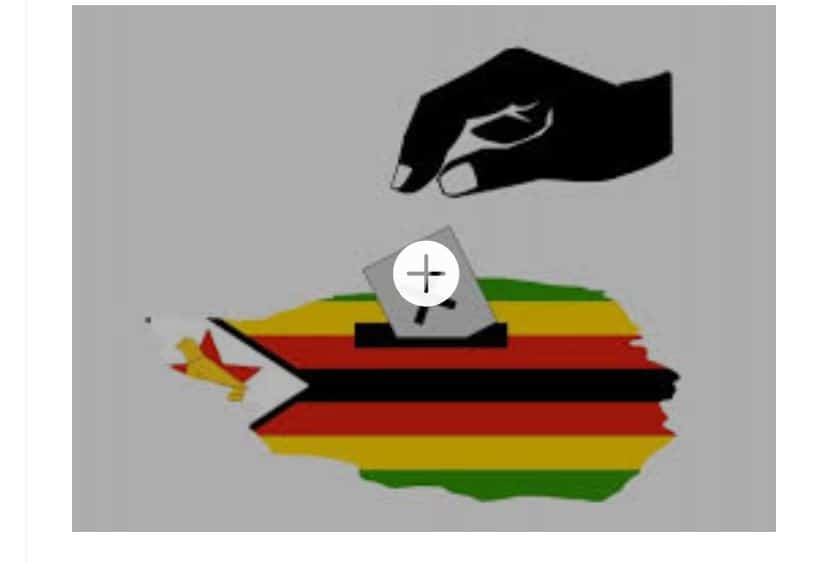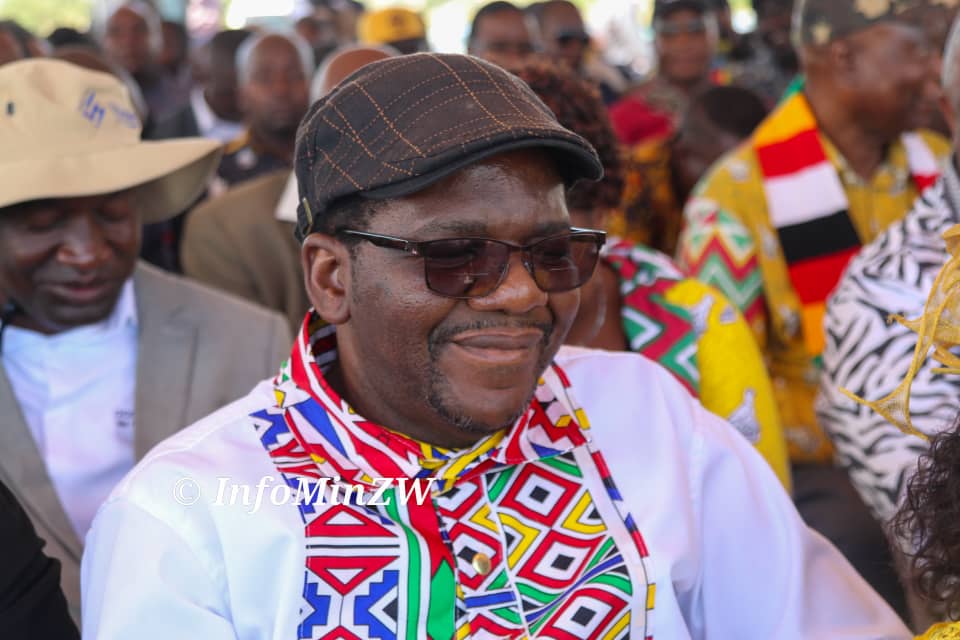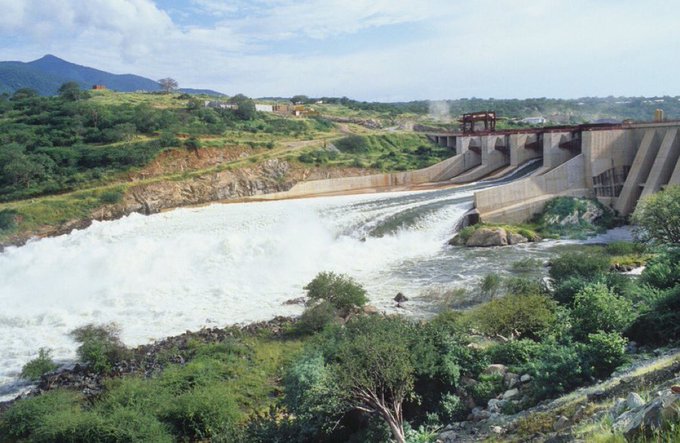ZwNews.com
The Zimbabwe Election Support Network (ZESN) has conducted a research on voter boundary delimitation and says the report will also be used for voter and civic education, to inform citizens on delimitation processes.
ZESN says the specific objectives of the research were to ascertain citizens’ knowledge, attitudes and opinions on delimitation of constituency boundaries in Zimbabwe, to analyse the current framework for determining and reviewing electoral boundaries in Zimbabwe.
The network also says the report will help to recommend the redrawing of the boundaries of the 210 constituencies in Zimbabwe based on the current voter registration and population statistics.
ZESN believes the findings from the research will be used for advocacy and to promote dialogue amongst the various stakeholders. “Findings will be disseminated to key stakeholders that include Parliament, the Zimbabwe Electoral Commission (ZEC), Ministry of Justice, political parties and the media,” says ZESN in a statement to this publication.
The research was conducted from February-March 2019, and the findings will be unveiled to the relevant stakeholders in due course.
ZESN is an independent and nonpartisan non-governmental organization comprising of 36 members. As part of its oversight role on electoral processes and elections, ZESN conducted a research on the Delimitation of Constituency Boundaries. The purpose of the research was to inform stakeholders and citizens on the importance of conducting a delimitation that is perceived as embedding the principles of transparency, representativeness and inclusivity.
Section 161(1) of the Constitution of Zimbabwe says “Once every ten years, on a date or within a period fixed by the Zimbabwe Electoral Commission (ZEC)…, the Commission must conduct a delimitation of the electoral boundaries into which Zimbabwe is to be divided into 210 constituencies.
As provided for in the Constitution, this is done for the purpose of electing Members of Parliament, and for the purpose of elections for local authorities, ZEC must divide local authority areas into wards according to the number of members to be elected to the local authorities concerned.
Be that as it may, ZANU-PF is rumoured to have used the voter boundary delimitation exercise for vote rigging.
As has been reported over the years the ruling party has been manipulating the system to produce more constituencies in areas of its strongholds than in areas it is deemed to be weak. It was alleged this was done in order to get more MPs or councillors from its strongholds, than the opposition whose stronghold areas would have fewer constituencies, created through the same process.
zwnews














